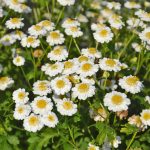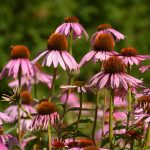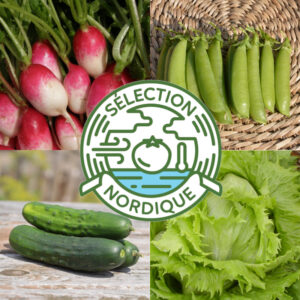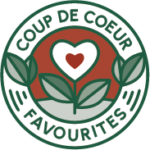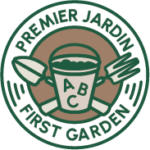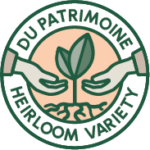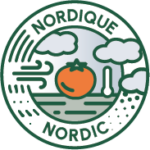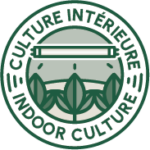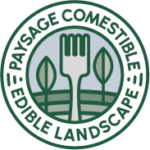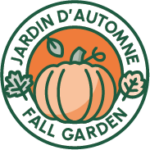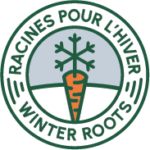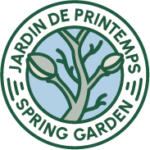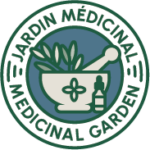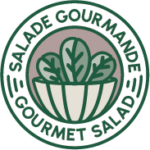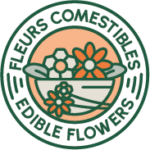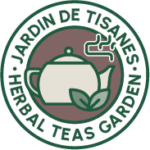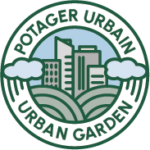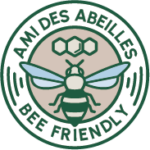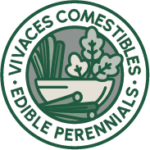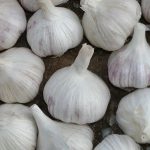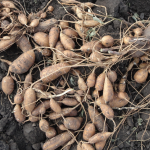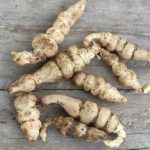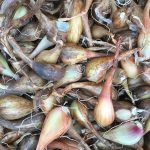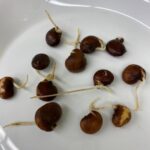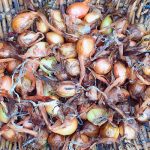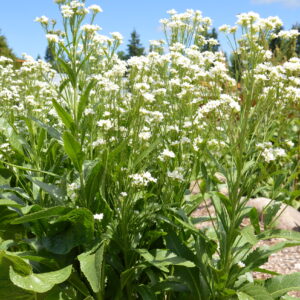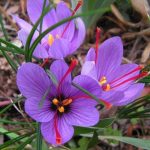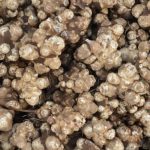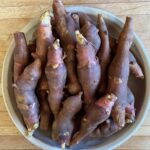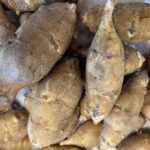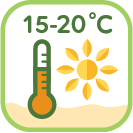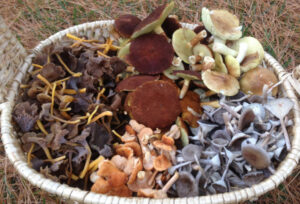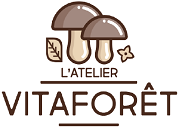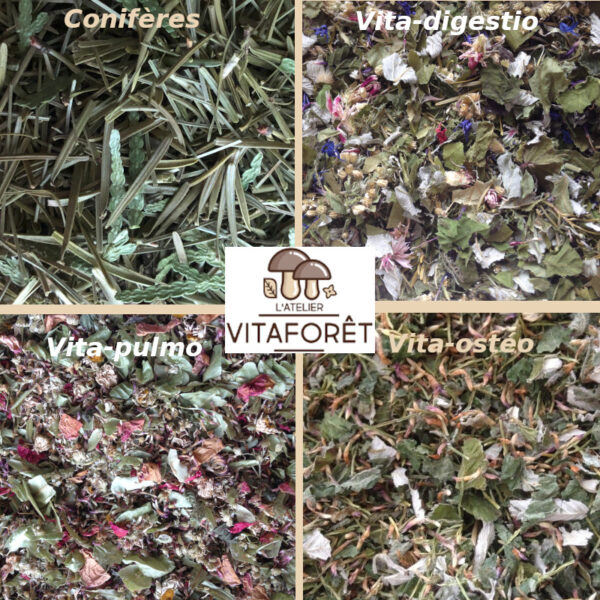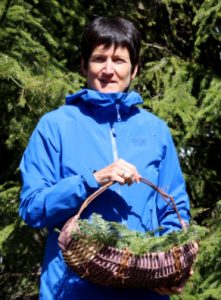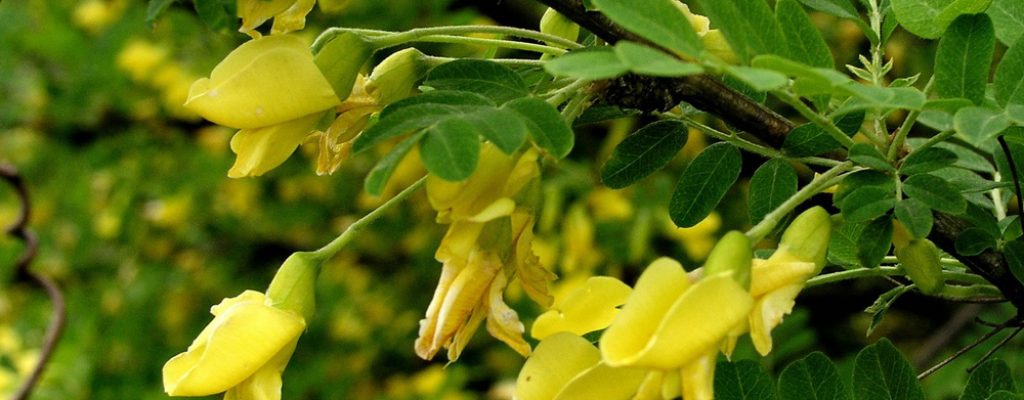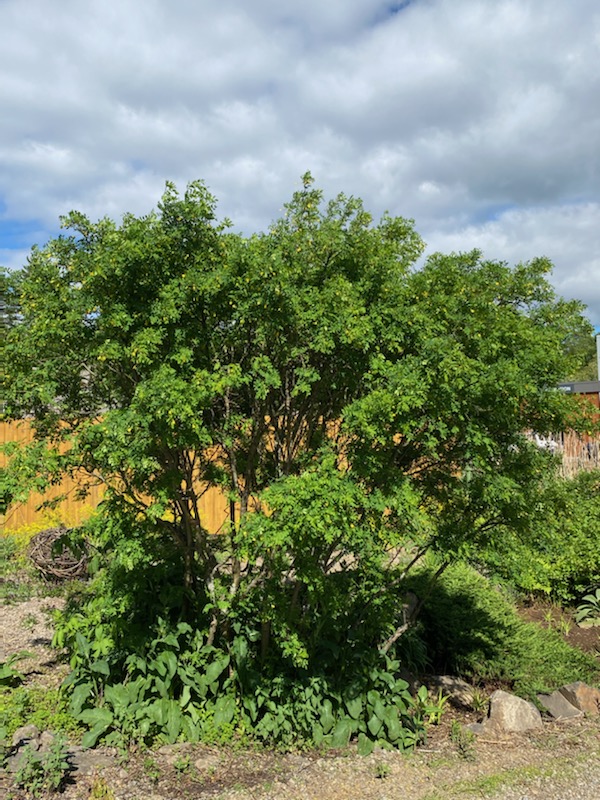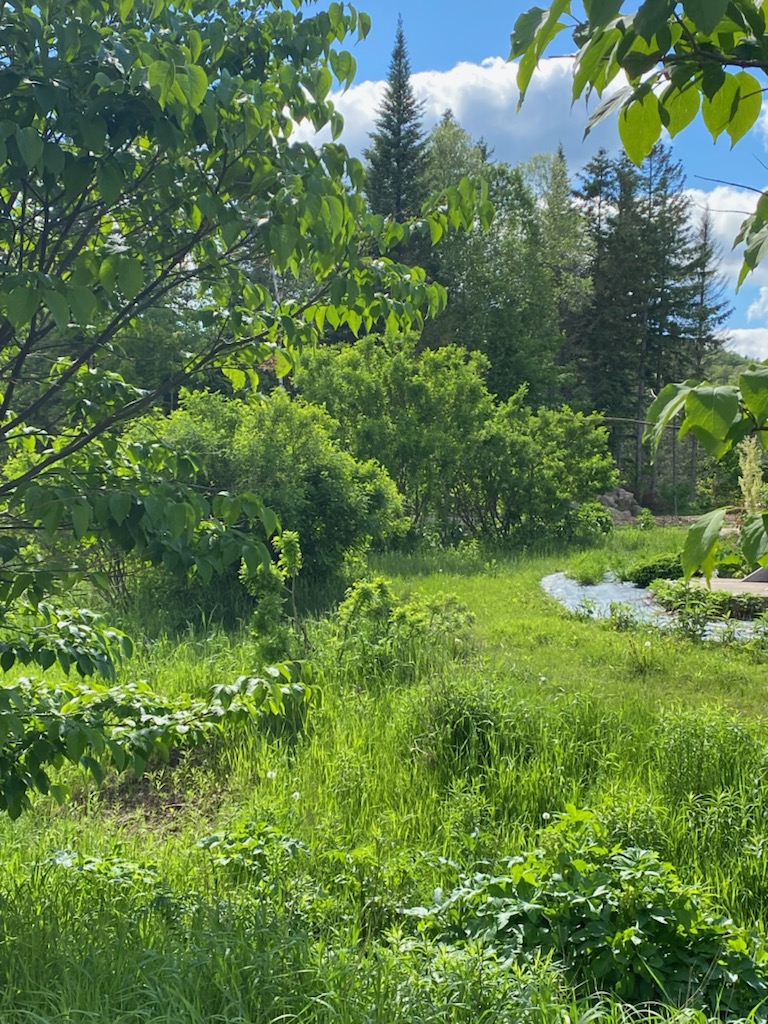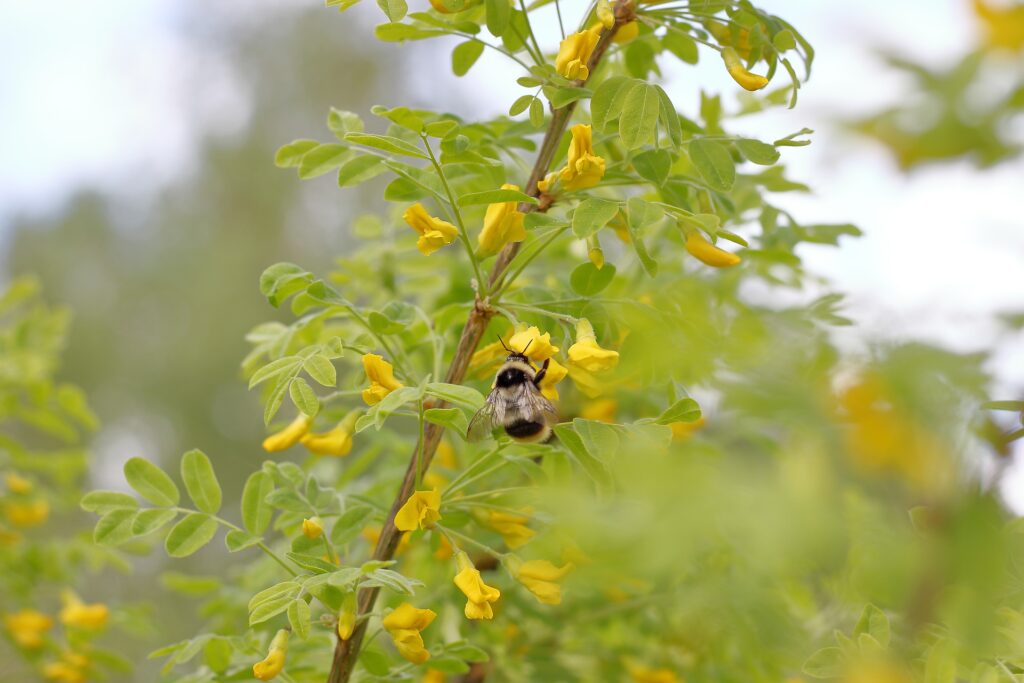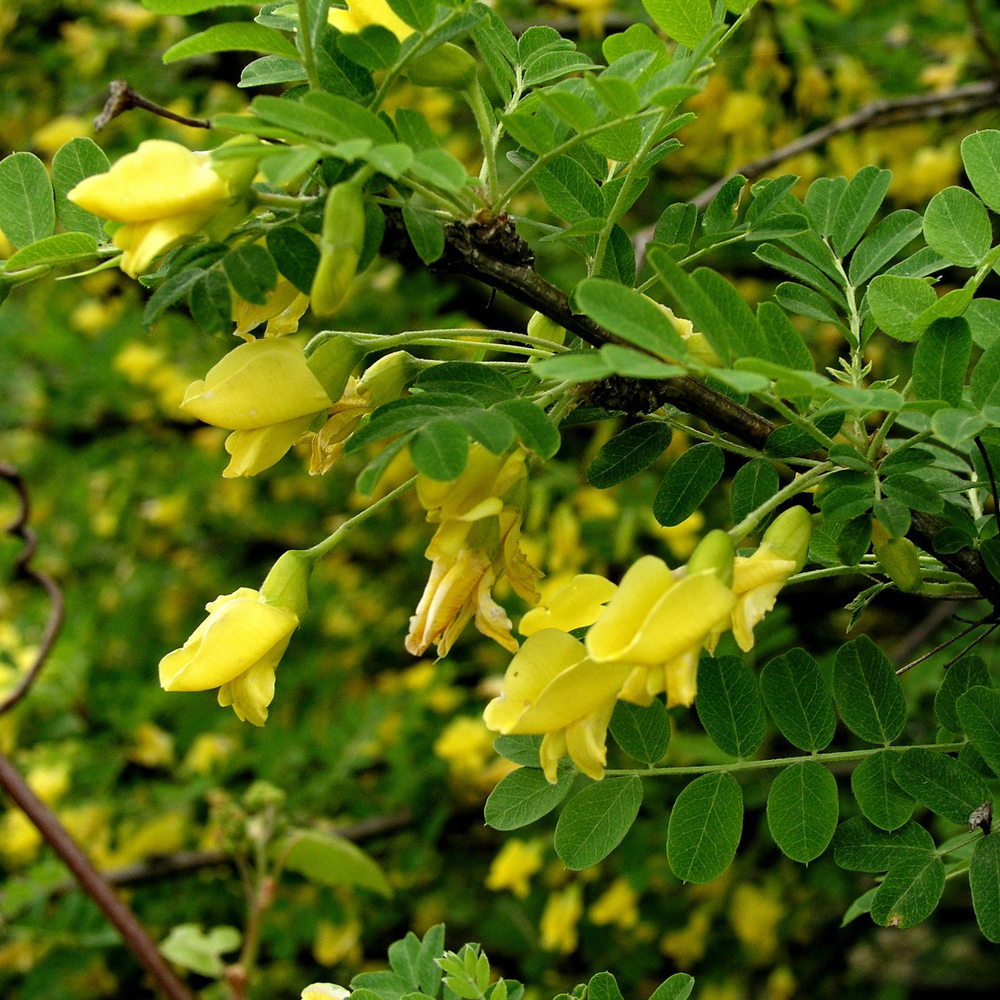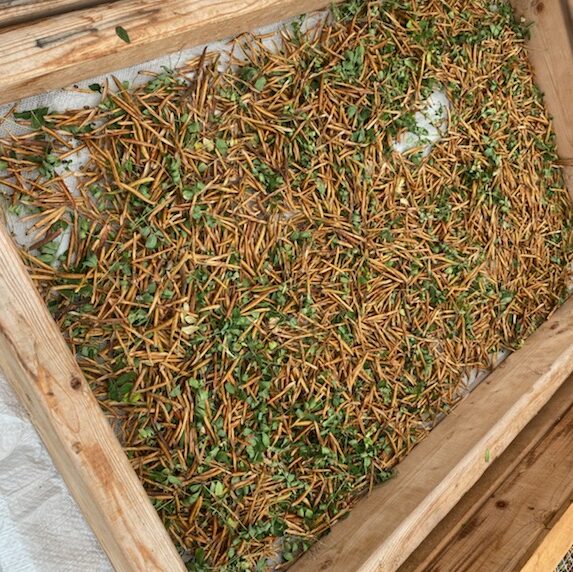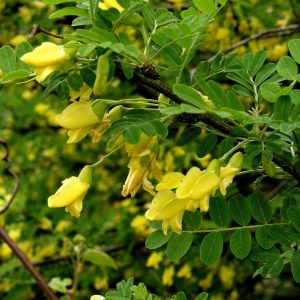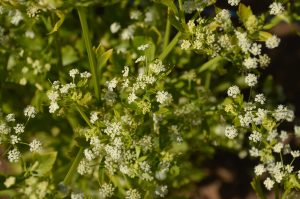Its protein-rich seeds were included in supply of the inhabitants of these regions and the fiber of its bark was used for rope making. As for the leaves, we took one dyeing blue in color.
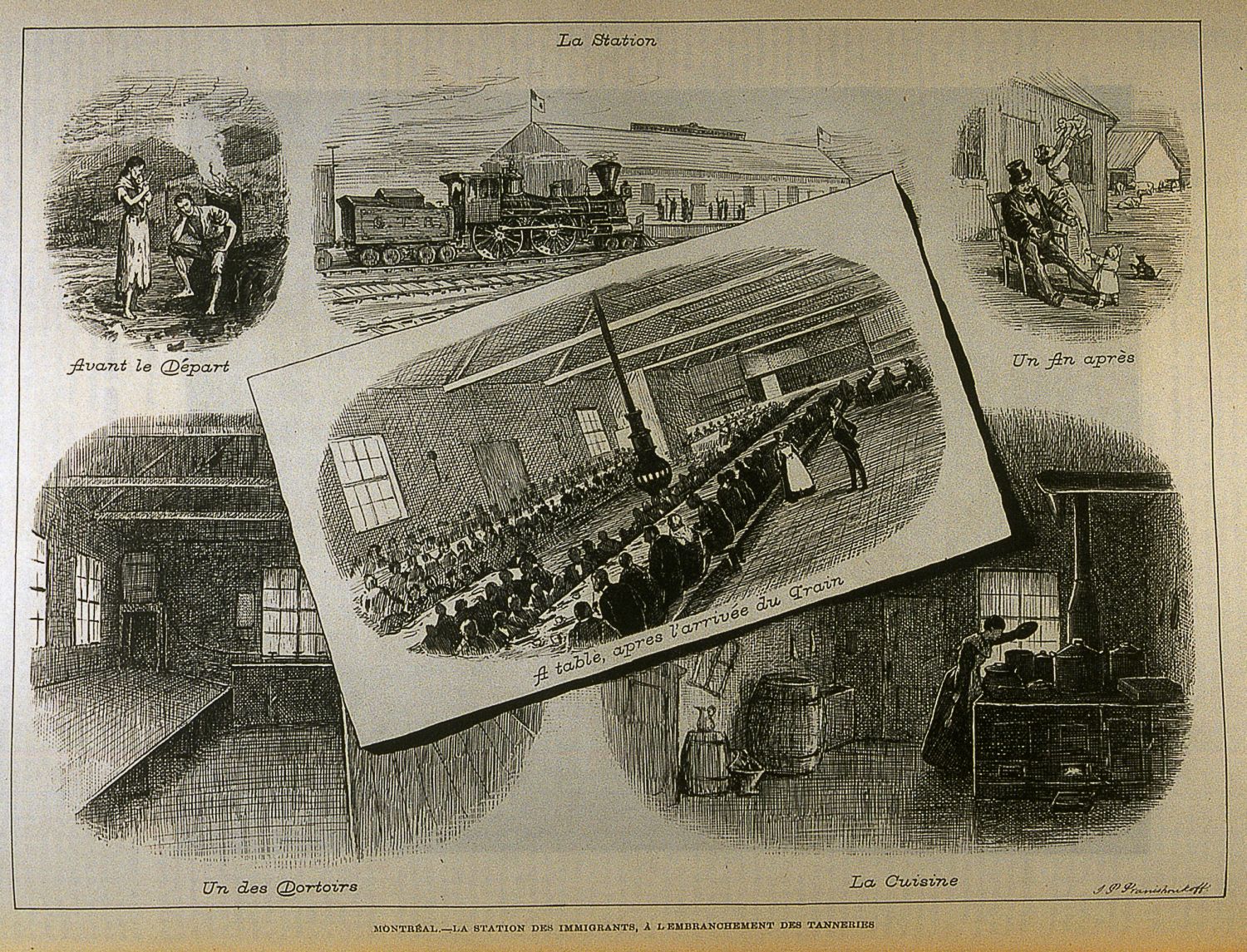
The caraganier arrived in America in the trunks of immigrants from Eastern Europe who fed on its peas during their long journey. Although its consumption has fallen into disuse, its use in permaculture is more current than ever.
His culture
The caraganier is undoubtedly one of the more imposing representatives of the legume family. Like alfalfa, clover and beans, the caragan tree has a symbiotic relationship with the rhizobium, a nitrogen-fixing bacteria.
The shrub, which flowers in May, can reach a height of 5 m and a wingspan of 2 m in just a few years.
Native of very cold climates, the Siberian caragane survives temperatures as frigid as -40°C.
- This easy-to-grow shrub in drained soils tolerates drought, alkaline soils and de-icing salts.
- He prefers exposure to full sun, but is satisfied with a light shadow.
Services provided in permaculture
The caraganier makes an excellent windbreak at the edge of gardens or orchards.
- Its dense branching and abundant foliage resist gusts and protect your more fragile vegetable plants.
Il neutralizes soil pH and acts as a pioneer species in disturbed sites to enrich the soil and stabilize it.
- Its important root system is useful for prevent erosion on slopes or on bare ground.
- Sa tremendous growth allows regular pruning which produces top quality fragmented ramial wood. This ramial wood is added to compost as carbonaceous material or provides a rapidly decomposing mulch.
Your seeds represent a valuable food source for some species birds grain-eating.
- Several birds, including the hummingbird, choose the Siberian caragane tree to build their nest there.
Your melliferous flowers Yellow attract a wide diversity of pollinating insects and give a clear honey with a very pleasant slightly fruity taste.
- It is prized by some parasitoid wasps which regulate populations of herbivorous insects threatening your vegetable garden.
The ornamental qualities of the caraganier are no longer to be demonstrated:
- Her little ones yellow and fragrant flowers create a dazzling contrast with the often more pastel blooms of lilacs.
- the pretty soft green foliage provides a beautiful backdrop for the flowering herbaceous species of the garden.
- Ce big bush sometimes takes on the appearance of a small tree over the years.
Le caraganier on the plate
The flowers, pods and seeds of caraganier are groceries.
- The yellow flowers that appear early in the season have a pea taste and are used in salads to add color and aromas.
- As to pods still very young, they are eaten like beans.
- To harvest the seeds, the pods are left to dry on the plant before collecting the three or four seeds they contain.
- These edible “peas” slightly bittersweet flavor contain approximately 50% sugar, 12% oil and 36% protein. They are cooked like lentils before eating them.


